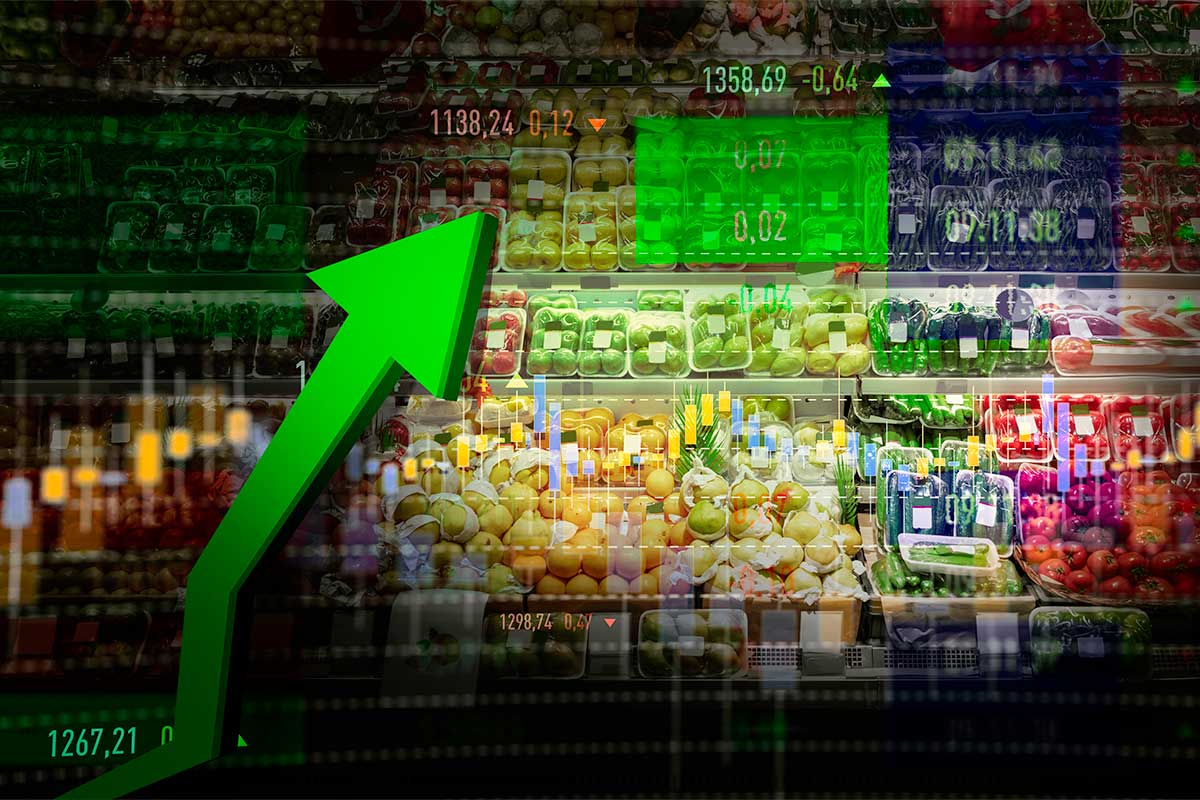The Indian economy faces a multifaceted challenge as food prices continue to rise, exerting significant pressure on households and policymakers alike. With food accounting for nearly 40 per cent of the Consumer Price Index (CPI) basket, addressing food inflation is not merely an economic necessity but a socio-political imperative. The recent spike in food inflation, driven by escalating prices of vegetables, cereals, and fruits, underscores the urgency for comprehensive and sustained interventions. Historical data reveals that India’s most sustained period of low inflation, between 2000 and 2006, was characterised by stable food prices.
During this period, headline CPI averaged 3.9 per cent and food inflation was at a modest 2.5 per cent. However, this stability has been increasingly elusive in recent years. In June 2024, food inflation surged to a six-month high of 9.4 per cent, exacerbated by extreme heat waves that devastated vegetable yields. This trend is particularly concerning as it highlights the vulnerability of the Indian economy to climatic variations and supply chain disruptions. The Covid19 pandemic has further complicated the inflation landscape, with food inflation averaging 6.4 per cent between 2020-21 and 2023-24, outpacing the overall CPI inflation of 5.9 per cent. Projections that retail inflation would stabilise below 5 per cent have been upended by recent data, indicating that the fight against inflation is far from over.
This persistent high inflation, especially in the food sector, demands urgent and strategic responses. One of the most pressing issues is the impact of weather conditions on agricultural productivity. The heat wave this year serves as a stark reminder of the need for climate-resilient agricultural practices. Investments in advanced technologies such as precision farming and drip irrigation can significantly enhance crop yields and reduce dependence on erratic monsoon patterns. Educating farmers on modern agricultural techniques is equally crucial in mitigating the effects of adverse weather conditions. Improving supply chain efficiency is another critical area.
Advertisement
Enhancements in cold storage facilities and transportation networks can drastically reduce post-harvest losses, ensuring that food reaches consumers in a timely and cost-effective manner. Additionally, promoting crop diversification and supporting allied sectors like dairy and poultry can provide farmers with alternative income sources, thereby reducing the impact of single crop failures on overall food prices. Market reforms that streamline regulations and promote digital marketplaces are essential for ensuring fair prices for both farmers and consumers.
Enabling farmers to sell directly to consumers through digital platforms can reduce intermediary costs and enhance price transparency. Strengthening subsidised food programmes like the Public Distribution System (PDS) and implementing stricter measures to prevent hoarding can protect vulnerable populations from the adverse effects of inflation. The budget today presents a critical opportunity for the government to address the immediate issue of rising food prices and establish long-term measures for inflation stability. Policymakers must tailor solutions to the specific needs of different demographic segments.









